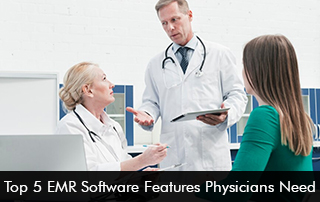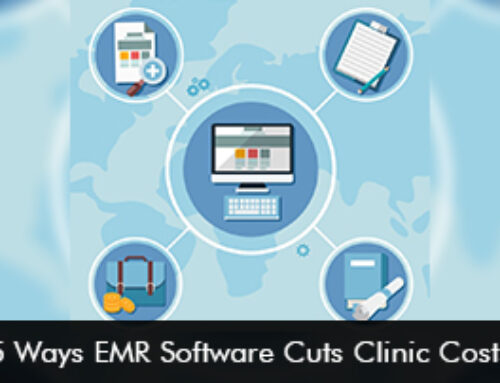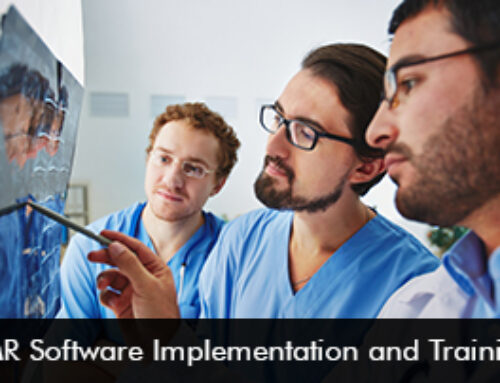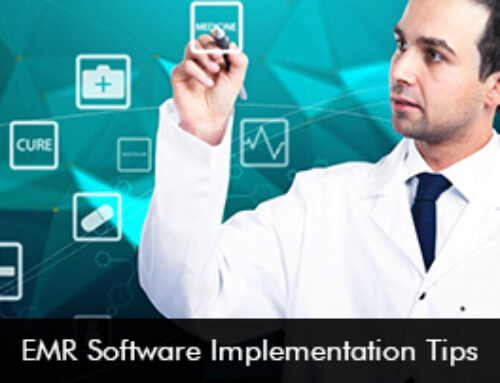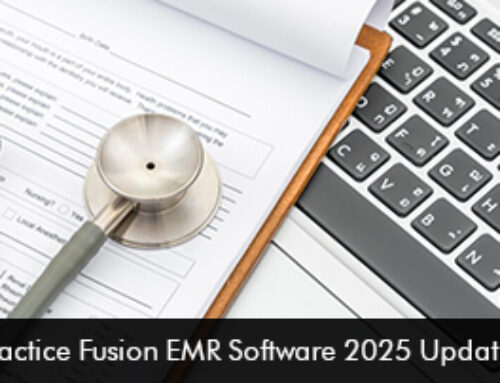EMR software has revolutionized how physicians manage patient care. Designed to streamline workflows, enhance patient outcomes, and reduce administrative burdens, EMR systems have become an essential tool for medical practitioners. Gone are the days of paper charts and cumbersome record-keeping. Today’s EMR software solutions allow physicians to efficiently document patient encounters, access critical data in real-time, and improve communication across care teams.
However, with a wide variety of Electronic Medical Records (EMR) software available on the market, it can be challenging to choose the best one for their practice. Selecting the right software is vital to practices so they run smoothly, minimize errors, and ultimately improve patient outcomes.
In this blog, we will explore the top five features that every physician should look for in EMR software to maximize efficiency and improve the quality of care.
1. Customizable Templates and Specialty-Specific EMR Software Features
Every medical practice has unique needs, and a one-size-fits-all approach to EMR templates simply won’t cut it. Physicians require software that adapts to the specific demands of their specialty and allows them to efficiently document patient visits.
Specialty-Specific Customization
EMR software should cater to the unique requirements of different medical specialties. For instance, an ophthalmologist will require templates for vision tests and eye examinations, while a cardiologist will need features designed to record detailed heart evaluations and ECGs. Specialty-specific templates help streamline the workflow by eliminating irrelevant data fields, thus allowing physicians to focus on what matters most—patient care.
EMR Software Customizable Templates
Not all patient cases are identical. Physicians should have the flexibility to modify templates based on individual patient needs. Customizable templates allow medical professionals to save time by auto-filling fields or reusing existing data for similar cases, while still allowing room for modifications. This enhances efficiency and helps avoid repetitive data entry, ensuring that documentation is both comprehensive and time-effective.
2. User-Friendly Interface and Intuitive EMR Software Design
In a busy practice, time is of the essence, and physicians cannot afford to be bogged down by complicated software. A user-friendly interface is one of the most important factors when choosing an EMR system.
Minimal Learning Curve
Physicians and their staff need software that requires minimal training to use effectively. An intuitive design with straightforward navigation ensures that physicians can quickly access patient data, input clinical notes, and manage tasks without frustration. A system that allows users to adapt easily reduces the risk of errors and increases overall productivity.
Easy-to-Access Patient Data
An EMR with a well-organized dashboard ensures that physicians can easily view patient history, lab results, imaging, and medication lists at a glance. Quick access to critical data is crucial during patient visits, especially when time is limited. A clean interface, with features like color coding and icons, can help physicians retrieve the information they need without unnecessary clicks or delays.
3. Integrated Practice Management Features
While EMR systems focus on clinical documentation, they should also support the administrative side of running a practice. An EMR that integrates practice management features can save time, reduce errors, and enhance workflow efficiency.
EMR Software Scheduling and Appointment Management
An integrated EMR allows for seamless appointment scheduling and management. Features such as online booking, automated reminders, and real-time updates ensure that physicians can efficiently manage their calendars and reduce patient no-shows. A well-designed scheduling module also enables medical staff to monitor patient flow and minimize bottlenecks throughout the day.
Billing and Coding Integration
EMR software that includes billing and coding features allows physicians to easily submit accurate claims to insurance companies. Automated coding suggestions based on the physician’s notes can significantly reduce coding errors, which often result in claim denials or delays. Additionally, seamless billing integration enables practices to track payments, generate invoices, and streamline revenue cycle management, leading to faster reimbursements.
4. EMR Software Interoperability and Data Exchange
One of the most critical features of an EMR system is its ability to communicate and share information across different healthcare providers and systems. Interoperability improves coordination, reduces duplication of efforts, and enhances the overall quality of care.
Health Information Exchange (HIE) Compatibility
The ability of an EMR system to connect with Health Information Exchange (HIE) networks allows for the secure sharing of patient records between hospitals, labs, specialists, and primary care providers. HIE compatibility ensures that physicians have access to the most up-to-date patient data, which can prevent unnecessary testing, avoid medication errors, and support informed decision-making.
Integration with Medical Devices and Wearables
Modern healthcare increasingly relies on data collected from medical devices and wearables. EMR systems should integrate seamlessly with these devices, allowing physicians to collect and analyze real-time data on vital signs, glucose levels, or cardiac monitoring results. This integration ensures that patient data is always up to date and can be easily accessed for comprehensive care planning.
5. Data Security and HIPAA Compliance
Given the sensitive nature of patient information, robust security protocols are essential in any EMR system. Physicians need to ensure that the software they choose adheres to the highest standards of data protection.
EMR Software Encryption and Access Controls
EMR systems should implement strong encryption to protect patient data both in transit and at rest. Additionally, access controls are vital to ensure that only authorized personnel can view or edit sensitive information. Features like role-based access control and multi-factor authentication can help safeguard patient records against unauthorized access or data breaches.
Audit Trails and Monitoring
EMR systems should have audit trails to track all user activities, ensuring that there is a transparent record of who accessed or modified data at any given time. Continuous monitoring of system activity can also help detect unusual patterns or potential security breaches early. These features are critical for maintaining compliance with the Health Insurance Portability and Accountability Act (HIPAA) and other relevant data privacy regulations.
How Physicians Can Find the Right Vendor
Selecting the right EMR software is a critical decision that can impact the efficiency and success of a practice. Physicians must ensure that the software they choose offers these top five features—customizable templates, user-friendly design, practice management integration, interoperability, and data security. However, finding the best vendor can be overwhelming given the multitude of options available.
EMRSystems is an excellent resource for physicians looking to find an appropriate EMR vendor that meets their needs. This platform provides detailed reviews, comparisons, and vendor information, helping practices narrow down their choices based on specialty requirements, budget, and user ratings. By using EMRSystems, physicians can make informed decisions and select the EMR software that is best suited for their practice, ultimately improving efficiency, reducing administrative burdens, and enhancing patient care.


